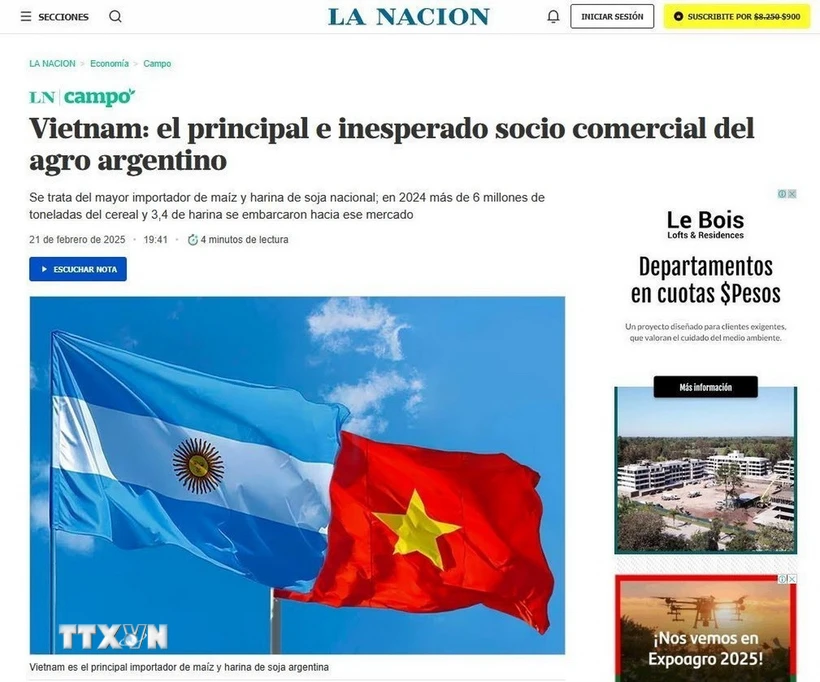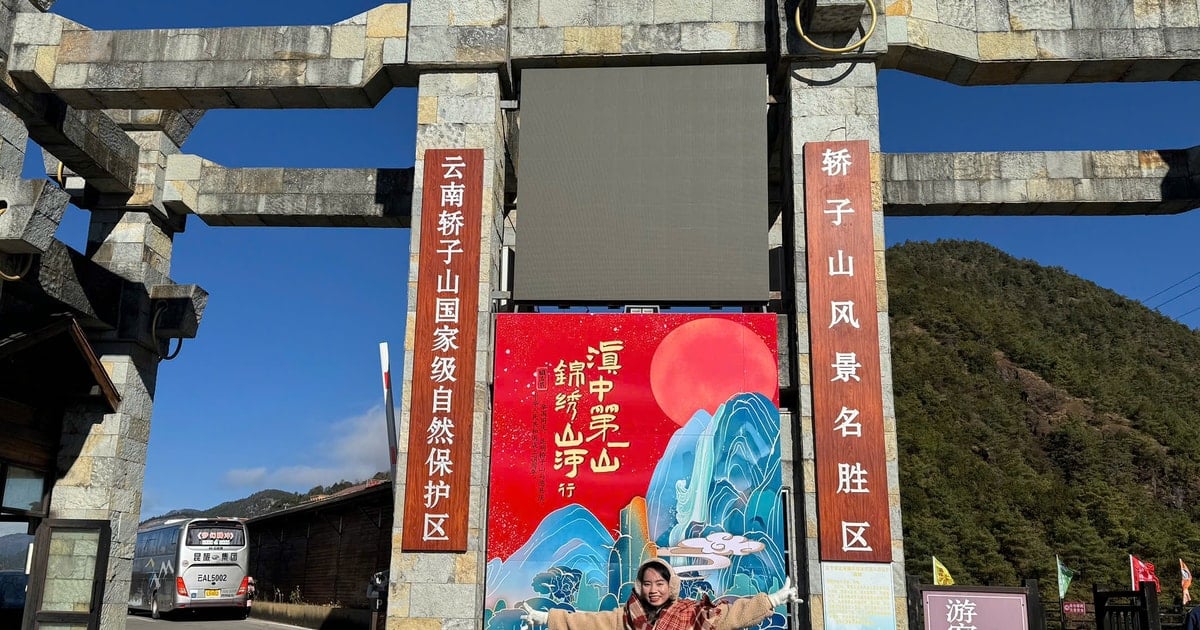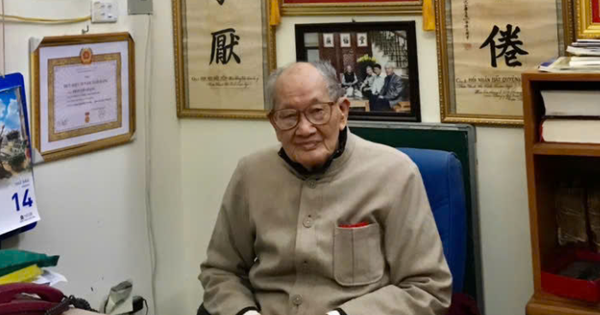On behalf of the Politburo, Standing member of the Secretariat Tran Cam Tu has just signed Conclusion No. 126-KL/TW of the Politburo and the Secretariat on a number of contents and tasks to continue to arrange and streamline the organizational apparatus of the political system in 2025, including the requirement to study the orientation to continue to arrange and eliminate intermediate-level administrative units (district level); orientation to merge a number of provincial-level administrative units...
The conclusion clearly requires Party committees directly under the Central Committee to focus on leading and directing the drastic implementation of the tasks and solutions stated in Conclusion No. 121-KL/TW, ensuring the correct roadmap and progress according to the plan. At the same time, urgently complete the organization within agencies and units associated with the activities of Party committees and Party cells, ensuring the organization of Party congresses at all levels according to the schedule and requirements stated in Directive No. 35-CT/TW and Conclusion No. 118-KL/TW of the Politburo.
The process of reorganizing the apparatus and assigning cadres must continue to do a good job of political, ideological, regime and policy work for cadres who are affected and influenced; the assignment of cadres must be fair and objective in the spirit of "from selecting people", retaining capable cadres, not allowing "brain drain", not allowing complicated internal problems to arise, not affecting the organization of party congresses at all levels, ensuring that in March, grassroots congresses and model congresses at the level directly above the grassroots level will be held in the beginning of the second quarter.
Regarding the continued implementation of the arrangement and completion of the organizational apparatus of the political system in 2025 and the 2025-2030 term, the Politburo and the Secretariat assigned the Government Party Committee to preside over and coordinate with the Central Organization Committee, the National Assembly Party Committee, and relevant Party committees and organizations to study the orientation of merging a number of provincial-level administrative units. As well as propose policies to amend and supplement relevant legal regulations and Party regulations, and report to the Politburo in the third quarter...
From 2008 to present, Vietnam has 63 provinces and cities, including 57 provinces and 6 centrally-run cities. According to Resolution No. 1211/2016 of the National Assembly Standing Committee, the criteria for provincial-level administrative units are population size, natural area and the number of affiliated district-level administrative units. Mountainous and highland provinces have a population of 900,000 or more, an area of 8,000 km2 or more; provinces in other regions have a population of 1.4 million or more, an area of 5,000 km2 or more. The number of affiliated district-level administrative units has 9 or more, including at least 1 city or 1 town.
The results of the 2019 General Statistics Office census show that the 10 provinces and cities with the smallest population are: Bac Kan, Lai Chau, Cao Bang, Kon Tum, Ninh Thuan, Dien Bien, Dak Nong, Quang Tri, Lao Cai, Hau Giang. Of these 10 provinces, the population ranges from only 314,000 to 733,000 people. In terms of natural area, the 10 provinces and cities with the smallest area in the country are Bac Ninh, Ha Nam, Hung Yen, Vinh Phuc, Da Nang, Ninh Binh, Can Tho, Vinh Long, Hai Phong, Thai Binh.
TRAN PHUOC
Source: https://baovinhlong.vn/tin-moi/202502/nghien-cuu-sap-nhap-mot-so-don-vi-hanh-chinh-cap-tinh-94074fa/




































Comment (0)